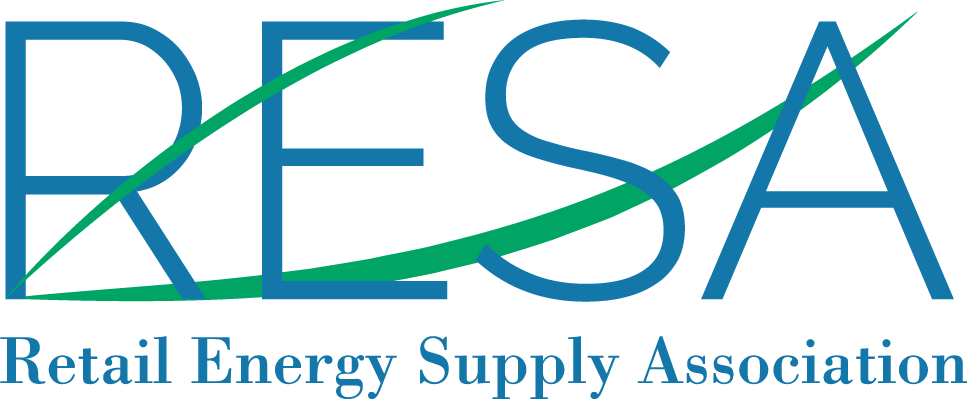In typical New York fashion, the Empire State is spearheading the trend toward combating climate change by setting a lofty goal to transition away from fossil fuels. The energy fueling the industrious lifestyle and bustling nightlife of New York may soon be powered by “green gas.” In 2020, New York revised its Clean Energy Standard to require 70% renewable sources of generation by 2030 and emission-free power generation by 2040.
Change in Motion
The efforts of this laudable goal have already made a substantial impact. According to Governor Kathy Hochul’s recent announcement, New York’s current pipeline of projects under various stages of development will account for 66% of New York’s electricity from renewable sources. To further support the decarbonization of New York’s economy, stakeholders and government officials have also embarked on an initiative to identify “green gas” products to provide consumers with affordable green energy choices and to displace the emissions of existing customers’ natural gas consumption. The initiative is the second track of the New York State Public Service Commission’s (PSC) “reset” of the state’s competitive retail market, where energy service companies (ESCOs) offer consumers value-added energy products and services.
What is an ESCO?
The U.S. Department of Energy’s Office of Energy Efficiency and Renewable Energy defines ESCOs as project developers of a comprehensive range of energy conservation measures. ESCOs work to develop, design, build and arrange financing for projects that save energy, reduce energy costs, and decrease operations and maintenance costs at their customers’ facilities.
During the 1990s, New York adopted retail energy choice, providing an opportunity for consumers to choose who provides their energy supply – either from a utility or a third-party supplier known as an ESCO. An ESCO is an entity eligible to sell electricity, natural gas and other value-added products (such as “green gas”) to customers using the transmission or distribution system of a utility. Because ESCOs are competing for your business, there may be a wide variety of products and price options available to customers who shop for energy. In doing so, ESCOs empower consumer choice and help New York achieve its renewable and clean energy goals.
Market Reset and Track II
In December 2019, the PSC issued a sweeping market “reset” order, imposing price caps on fixed and variable rate energy products, severely limiting residential and small commercial customers’ choice to access ESCO product offerings. The order also directed the Department of Public Service (DPS) staff to hold technical workshops to identify new ESCO products and services for PSC approval – dubbed “Track II” of the PSC’s resetting of the market. The purpose of Track II is to identify new ESCO rules and products that can be developed to provide sufficient value to residential and small commercial customers.
In December 2021, DPS staff began hosting stakeholder workshops exploring potential green gas products for ESCOs to offer their customers. The session marked the official kickoff of Track II with workshops continuing throughout 2022 where DPS staff is reviewing proposed products that utilize carbon offsets and converted (electric) Renewable Energy Credits (RECs). Staff is poised to host another workshop specifically to further discussions of carbon offset inclusion in residential and small commercial energy agreements.
Consumer Benefit
A majority of New York consumers utilize natural gas for heating their homes during the winter and almost a quarter of consumers utilize it for heating water, according to the EIA. Green gas products provide customers with the opportunity to offset carbon emissions when burning natural gas and further the state’s clean energy goals. Currently, only 14 states/jurisdictions have retail energy choice, allowing consumers to decide where their energy comes from and what product meets their individual needs. New York is one of the states offering retail energy choice to consumers, albeit with significant limitations. Competitive markets spawn innovation and New York’s approval of green gas products for its retail energy market will encourage innovation leading to potentially new energy options (such as hydrogen) and products not yet developed. Expanding energy sources to include green energy technologies increases consumer choice regarding how we heat and cook in our homes. For consumers, this will ultimately drive down the cost of renewable energy for customers and help achieve New York’s nation-leading clean energy goals.
